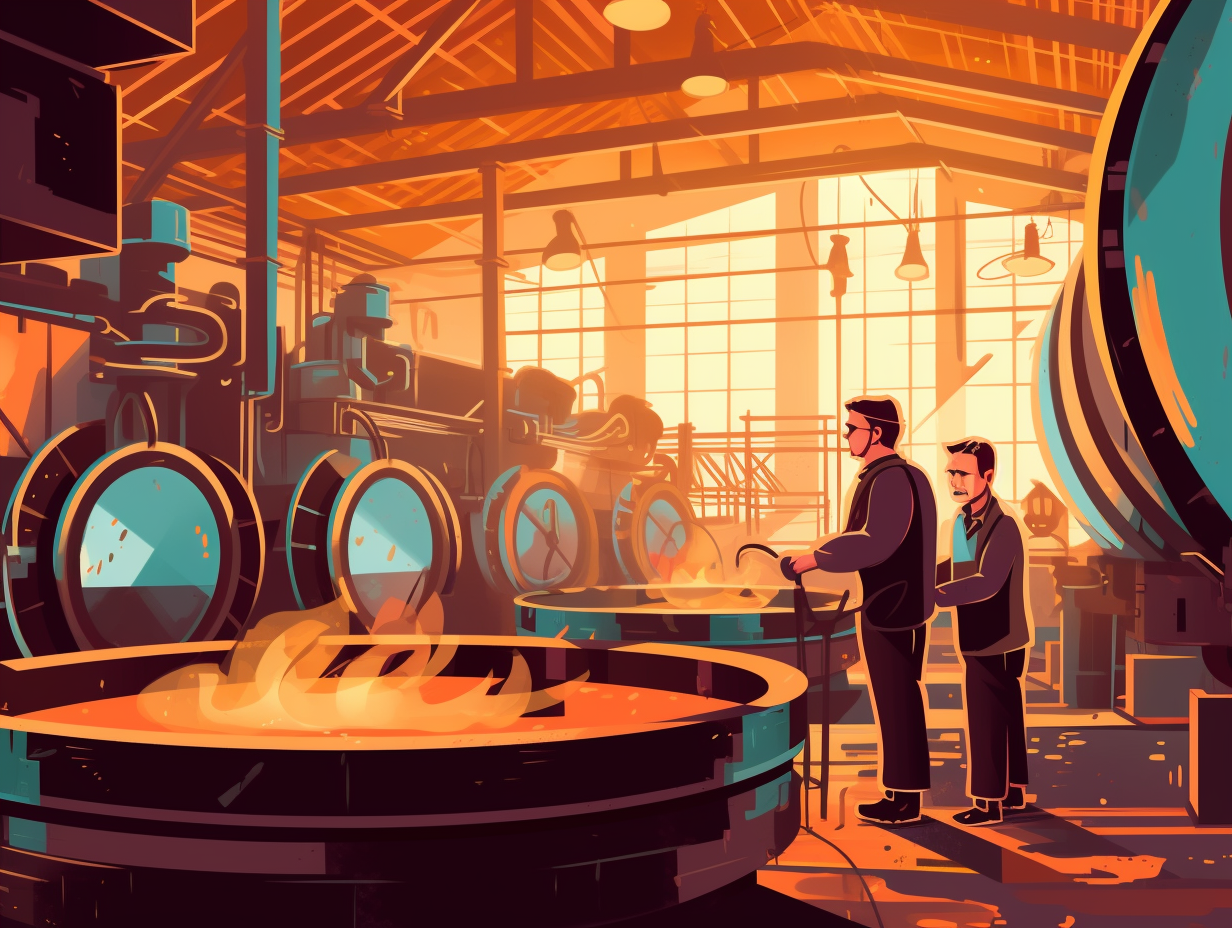Discover the Wonders of Simplicity: Top 11 Fun Facts About Simple Machines You Never Knew!

1. Levers and Threevors: Folk-Pop Duo or Simple Machines?
Levers and Threevors: you might think they're the latest folk-pop duo, but they're actually just humble simple machines that come in first, second, and third class, each flaunting its own fulcrum-to-load magic: The real-deal levers use torque as their secret sauce to help us grip, turn, dig, cut, and lift like champs, while also saving us enough energy for an encore! So next time you're feeling stuck between a rock and a hard place, remember your newfound friends - levers, who ingeniously make life easier by repositioning that inconspicuous little fulcrum!
Source => study.com
2. Wheel and Axle: The Circle that Revolutionized Everything
Who knew circles could cause such a revolution? Talk about reinventing the wheel! Well, they did: the invention of the wheel and axle made it possible to transport goods over land with ease, changing the face of agriculture, commerce, and transportation forever.
Source => livescience.com

Uncover the surprising connection between see-saws and physics! Explore how this childhood staple playfully teaches the power of levers. 🎢🤓
=> Fun Facts about Levers
3. Edgy Wedges: From Graters to Stilettos
If cheese graters and stiletto heels held a convention, they'd be unanimous in declaring their secret weapon: the wedge makes us edgy! In surprising fashion: wedges, found in everyday objects like knives, forks, and saws, are simple machines that reduce the force needed to split, break, or cut objects - even making cheese and walking in heels a piece of cake (or cheese)!
Source => studiousguy.com
4. Wheel and Axle Unites Ferris Wheels, Bikes, and Pizza Cutters
What do Ferris wheels, bicycles, screwdrivers, and pizza cutters have in common, other than a potentially wild night at a mechanical science fair?: They all brilliantly demonstrate the power of the wheel and axle simple machine, where applying force to either the wheel or axle can result in varying rotational speeds or increased force for tasks like slicing pizzas or turning screws.
Source => examples.yourdictionary.com

5. Elevator Safety: Uplifting Wedge Secrets
Let's "raise the roof" on the fascinating world of elevators, shall we? As it turns out, these marvelous people-movers have an "uplifting" secret weapon to prevent potential disasters: wedges—that's right, those humble cousins of the one-two punch of inclined planes—are hard at work in the elevator's brake system, ensuring that even when things get hairy, these vertical chauffeurs bring the party to a safe stop.
Source => elevators.com
6. Mesopotamian Unicycles: The Wheel and Axle's Ancient Origins
Rolling into history like a Mesopotamian potter on a unicycle: the concept of the wheel and axle can be traced all the way back to 3500 B.C. in Mesopotamia, when it was first employed for an early version of a potter's wheel which evolved into the modern pottery wheels we know and love today. You can now spot wheel and axle simple machines everywhere, from bicycles and car tires to windmills and even pizza cutters, mastering motion and force like true mechanical champions.
Source => examples.yourdictionary.com
7. Yo-Yo: The Antiquity of Elegant Simple Machines
Before iPhones, game consoles, and the internet, we had toys that could double as fitness equipment and wrist-strengthening contraptions: enter the humble yo-yo! This ancient artifact, also known by aliases such as quizzes, bandalores, and Jou-Jous, has been ungravitating fun since long before its flashy 1930's reintroduction by Donald Duncan Sr.: The secret to its charm lies in its simple machine mechanics, converting potential energy into kinetic energy as it drops gracefully downward, spinning proudly on its string and axle. A versatile ancestor to modern marvels like fishing reels, bicycles, and cars, simple machines like the yo-yo continue to enhance our everyday lives with their fundamental functionality.
Source => mrelectric.com
8. Zippers: Hooking History Together One Tooth at a Time
Next time you zip up your pants, take a moment to acknowledge the time-saving marvel that replaced the tedious task of buttoning up boots: say hello to the zipper! Invented by Whitcomb Judson in 1893, this versatile contraption was initially a shoe fastener but quickly became the go-to closure for rubber galoshes, gloves, and even tobacco pouches. By ingeniously employing both wedges and hooks, this little daily hero interlocks teeth one at a time as the slide is pulled, effortlessly holding our lives together for well over a century.
Source => lacrossetribune.com
9. DIY Superhero: YouTuber Builds Grappling Hook Gun
Forget Batman, Tony Stark's got nothing on this guy: YouTuber Built IRL crafted a self-contained grappling hook gun with CO2-powered blasting and a 10,000W motor, small enough to strap onto an arm, complete with a control wheel for safe landings – though mastering the grappling technique might require a Hollywood stunt double.
Source => theverge.com

10. Double Spanish Burton: The Pulley Power Party
You've heard of the Spanish Inquisition, but have you ever met the double Spanish burton? It's not a secret agent in a trench coat, but a clever contraption of pulleys that can multiply your power five-fold: This tackle system, also known as a system of pulleys, gains its power by utilizing multiple movable blocks, while stationary blocks simply guide the rope and increase friction – the more movable blocks, the merrier the power party!
Source => hnsa.org
11. Bottle Openers: Uncovering Cap-ivating Physics
Calling all party animals: ever thought you'd find physics at play while cracking open a cold one? There's a cap-ivating science lesson hidden in your trusty bottle opener: According to Let's Talk Science, it's actually a prime example of a second class lever, with the cap as the load, your hand providing the effort, and the fulcrum at the edge of the bottle. Cheers to effortlessly simple machines in action!
Source => letstalkscience.ca
Related Fun Facts




















